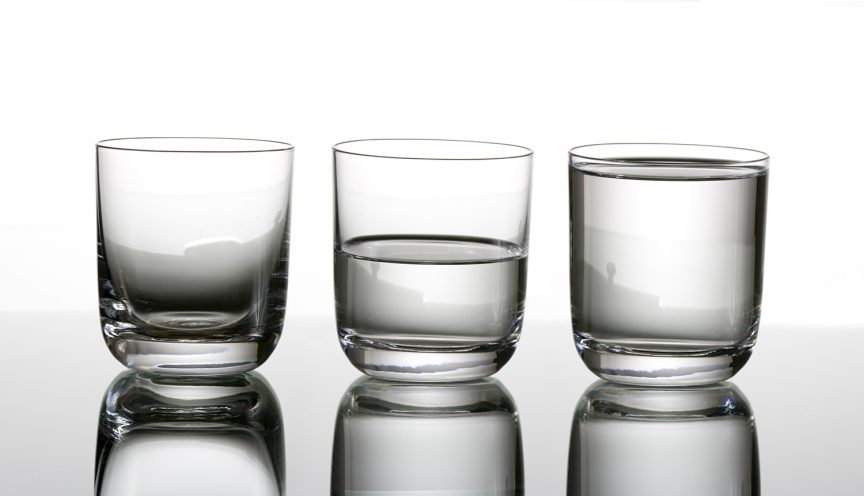Have you ever wondered what makes distilled water different from filtered water? How about spring water and tap water? Do you know the processes that go into producing these different water types, and why they are so important? In this week’s blog post, we’re going to look at the most common types of water and what distinguishes one from another.
Tap Water – Tap water is the term used to describe water that travels through municipal water treatment systems to get to the faucets within a home. Most tap water is treated with at least one chemical, like chlorine or fluoride, but this can vary widely depending on where you live. According to the EPA, tap water is generally considered safe to drink, however, some chemicals in it have been shown to be potentially carcinogenic in high amounts (example: chlorine).
Spring Water – The term ‘spring water’ sounds like it should refer to water that is bottled at a natural source, like a mountain spring or naturally occurring water supply. This is not the case, as many bottlers have to first pump their ‘spring water’ into tanker trucks for transport to bottling plants. Even then, the water is typically ozonated and treated with chemicals like chlorine before being bottled and distributed to stores for sale. So, spring water really is just a marketing term used to describe some kinds of bottled water.
Distilled Water – The process of making distilled water involves boiling it and capturing the water vapor as condensate before bottling it. This process removes many organic solids that have a lower boiling point. While distilled water is technically purer than tap water, it still needs further treatment to be technically classified as pure.
Filtered Water – This one is easy – filtered water is simply water that has been sent through a filter. Filters vary widely in their coarseness and ability to capture solid particulate matter. So, even though filtered water may seem clean, it could still need further processing.
Purified Water – Purified water requires the highest amount of processing to remove as many organic and inorganic materials as possible. Often these processes include reverse osmosis, deionization, and distillation. Purified water is the benchmark against which all other waters are measured because purified water contains the least amount of harmful substances.
The LeverEdge is your source for water purification. If you want to learn more about how to bring cleaner, better-tasting water to your home or business, contact us today. We’re always eager to help our customers learn more about how to begin enjoying better water.
Share this Post

